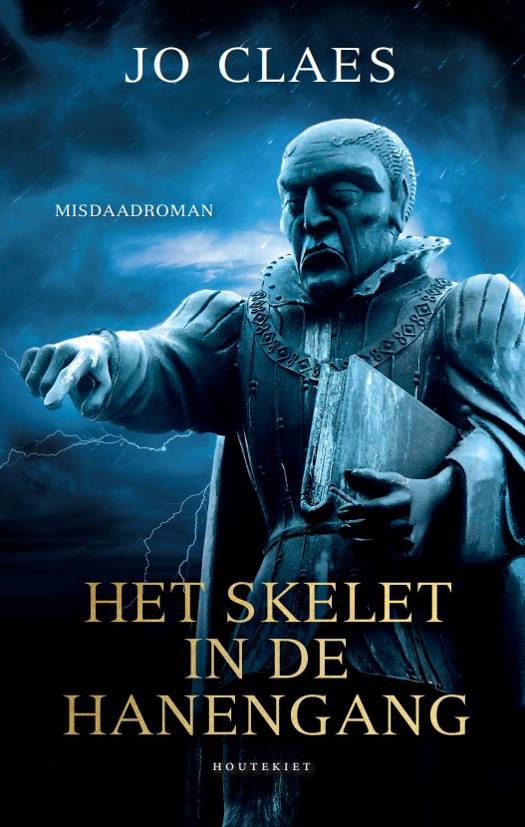
- Afhalen na 1 uur in een winkel met voorraad
- Gratis thuislevering in België vanaf € 30
- Ruim aanbod met 7 miljoen producten
- Afhalen na 1 uur in een winkel met voorraad
- Gratis thuislevering in België vanaf € 30
- Ruim aanbod met 7 miljoen producten
Zoeken
€ 152,95
+ 305 punten
Omschrijving
In U2's Songs of Trauma and Hope: "Between the Midnight and the Dawning", Ingunn Røysland and Charles Ivan Armstrong show that trauma is an important theme for U2. While this leads the band to confront extreme instances of grief and suffering, this does not prevent them to cross (in the words of their song "A Sort of Homecoming") "the fields of mourning to a light that's in the distance." Theories from trauma and memory studies are deployed in the examination of song lyrics and performances by U2, spanning from the early days of the band to more recent times. In their exploration of light and dark, of hope and trauma within the U2 catalogue, Røysland and Armstrong acknowledge the complexity of the songs, addressing different layers, including romantic as well as divine allegory. The authors also address the band's troublesome lyrics, with an entire chapter devoted to "Sunday Bloody Sunday," as well as the role of multidirectional memory and significant places, so-called lieux de mémoire, in U2's dealings with a ranger of historical conflicts and crises. They further examine how music plays an important part in the path of healing from traumatic wounds, analysing the reception of the songs. Ultimately, it is suggested, U2 shows us how to get "through the night."
Specificaties
Betrokkenen
- Auteur(s):
- Uitgeverij:
Inhoud
- Aantal bladzijden:
- 172
- Taal:
- Engels
- Reeks:
Eigenschappen
- Productcode (EAN):
- 9781666930986
- Verschijningsdatum:
- 29/03/2024
- Uitvoering:
- Hardcover
- Formaat:
- Genaaid
- Afmetingen:
- 152 mm x 229 mm
- Gewicht:
- 426 g
Alleen bij Standaard Boekhandel
+ 305 punten op je klantenkaart van Standaard Boekhandel
Beoordelingen
We publiceren alleen reviews die voldoen aan de voorwaarden voor reviews. Bekijk onze voorwaarden voor reviews.










